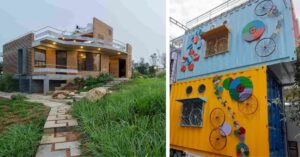Fire & Disaster Resistant, This Sustainable Home in Kerala Can be Packed & Relocated!
Made for Dr Jayakumar and his family as a weekend getaway home, this unique house in Kozhikode is made using an ecofriendly technology called LGSF.
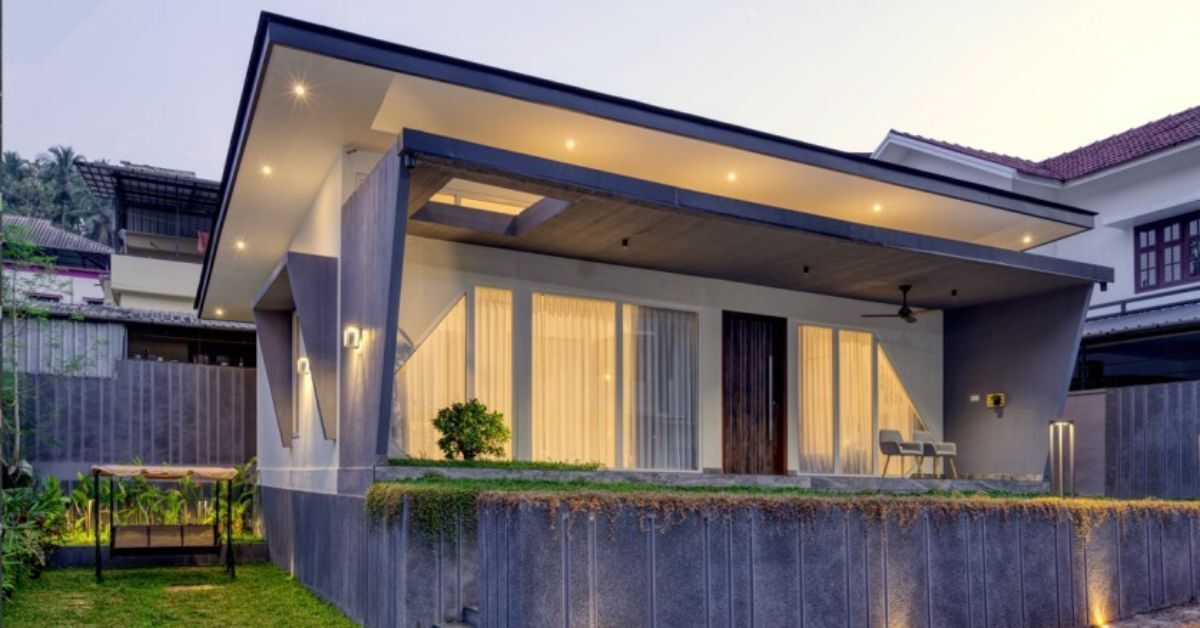
Imagine this — a home that can be disassembled, packed, and reassembled wherever you want. It sounds like a more grown-up and realistic version of Legos, right?
As incredible as it may sound, a Kerala-based engineer is turning this into a reality. The home located in Kozhikode serves as a weekend getaway for Kerala-based Dr Jayakumar and his family.
“The technology, although unfamiliar to many, is not entirely new. It is already in use in many countries, including India,” says Majid TK, the engineer behind this innovative home.
This technology is known as Light Gauge Steel Frame (LGSF) technology, which uses cold-formed steel as the primary construction material. This frame can be used for the walls, roofs, decks, or even for the entire house.
“While it might sound a bit unusual, homes constructed using this technology are not only eco-friendlier than traditional homes but are also more resilient in the face of disasters and require less time for construction,” adds Majid.
Still left with questions and doubts? Well Majid sits down with The Better India to address all of our queries.
Pack your home and take it anywhere
The founder of ODF Group, Majid, says that while people in Kerala still prefer traditional homes, with the support of the government, people are widening their horizons.
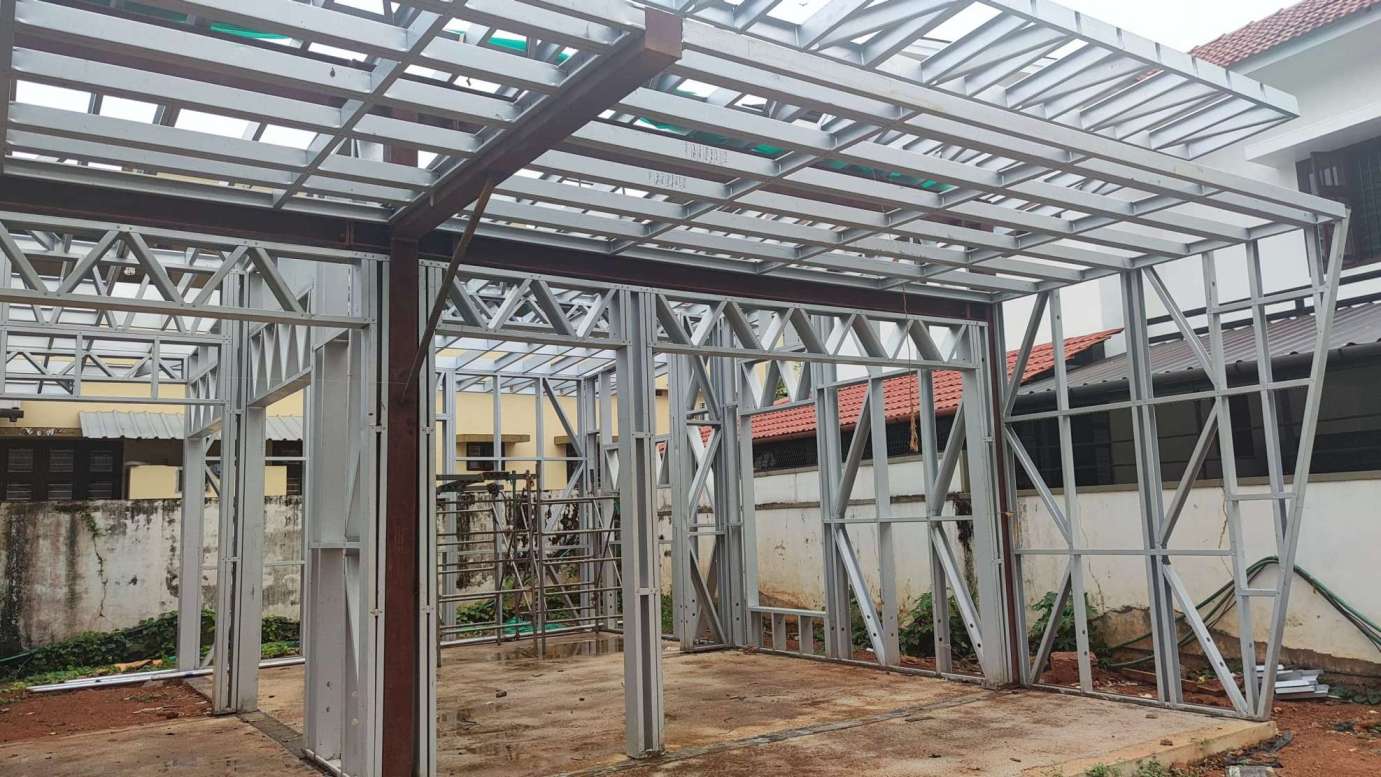
“People in India are not quite aware of the technology. However, in Kerala, after the 2019 floods, the people there have been on a hunt to find alternative methods to build their homes. After the floods, people realised how any kind of home could be destroyed,” he says.
Restoring such homes can be very expensive and time-consuming. “A lot of resources are used to reconstruct or repair these homes such as mortar and it also causes a lot of wastage. LGSF technology is great in that respect as it gives the house a high strength-to-weight ratio, making them more resilient to forces such as earthquakes, hurricanes, and heavy winds,” he adds.
“While people are sceptical about it, we have already made a few homes using the technology in Kerala and are soon planning to expand to Karnataka and Tamil Nadu too,” he adds.
Talking about Dr Jayakumar’s house, Majid says, “It is a beautiful home and the client wanted it to be as cosy as it can be. The plot is on two levels — the ground level was utilised for parking space and the upper level for the construction of the home.”
It took about six months for the home to complete. “The structure and planning were done in just a month and since the interior of the house was quite detailed it took us another couple of months to complete the house,” he says.
The complete construction of the house cost Dr Jayakumar just about Rs 80 lakhs.
Step-by-step guide to LGSF homes
Explaining the way the technology works, Majid says, “The first step to building an LGSF home is to meet the requirements of the customer in terms of the structure. The architect then presents the preliminary sketching and designing.”
Once the design is done, it is moved to the structure team. “The team makes the drawings and finalises the structure,” he says.
The design plays a major role in determining the cost of the house. “Once the structure plan is ready, we can actually get a tentative cost of the house. Since very little manual labour is involved, most of the cost comes from the material. Hence, once the structure is ready, we take the cost to the customer and then finalise the deal,” he says.
Then comes the step of fabrication. “In the factories, the steel frames are fabricated using advanced machinery. The sections are brought to the place and assembled there. If you look from outside, it would resemble a steel structure,” he says.
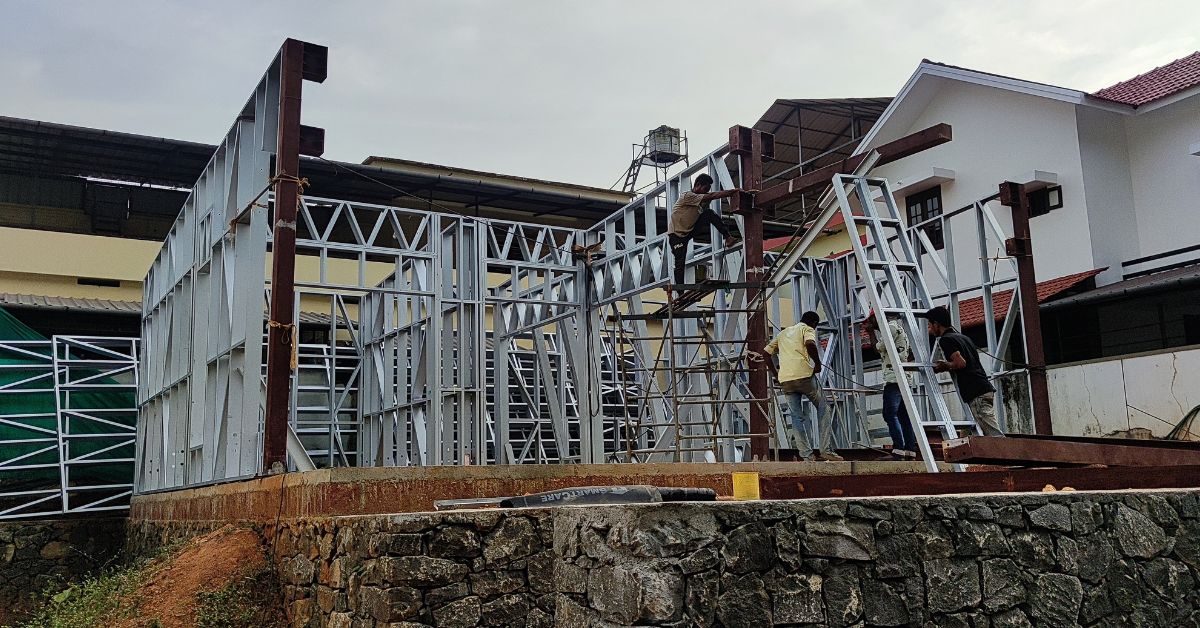
“These structures are very lightweight so we don’t need any machines to do the fittings. Hence, they can be done easily on any terrain or topography with very minimal cost of mobilisation,” he adds.
Once the steel structure is ready, the frame is fitted with cladding. “These cladding materials are boards such as fibre cement, calcium silicate boards, and Ferro cement on either side of the frame. In the cavities, thermal insulation materials are used. This helps to lower the temperature in the summers saving a lot of energy,” he explains.
“Other fittings are done in pretty much the same way as any other home,” he says.
The homes are sustainable in nature as they are based on zero-waste principles. “Everything for the house including the materials is designed specifically for the house. The steel frames, the cladding and the slabs all are made for the house so that there is no or little chance of any wastage,” he says.
Additionally, the house also is environmentally friendly as it saves a lot of energy. “The walls are thermally insulated which keeps the house cool during summers. Since steels are naturally resistant to fire, the homes have an added layer of protection in case of fire-related disasters.”
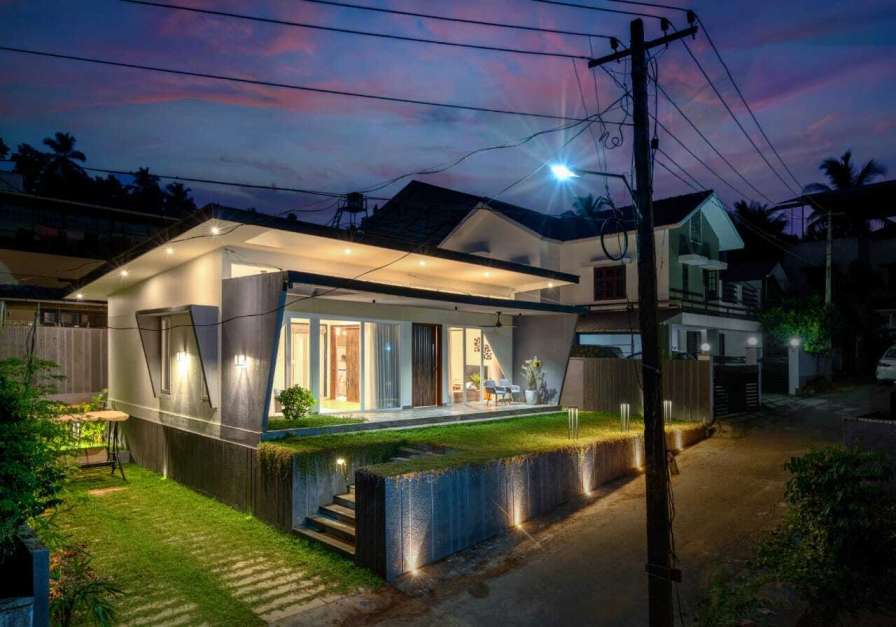
“So, in short, the homes are fire and disaster-resistant, sturdy, use less labour, take less time to construct, are eco-friendly and sustainable, what else do you need?” he laughs.
Talking about how people have been expanding their scope in terms of architecture he says, “Traditional homes are great and stay for a long time. However, with changing times, we are running out of resources. It is very important for us to examine and adapt new technologies like LGSF for the construction of our homes,” he adds. If you found our stories insightful, informative, or even just enjoyable, we invite you to consider making a voluntary payment to support the work we do at The Better India. Your contribution helps us continue producing quality content that educates, inspires, and drives positive change. Choose one of the payment options below for your contribution- By paying for the stories you value, you directly contribute to sustaining our efforts focused on making a difference in the world. Together, let’s ensure that impactful stories continue to be told and shared, enriching lives and communities alike. Thank you for your support. Here are some frequently asked questions you might find helpful to know why you are contributing?

Found their work fascinating? Visit their website to learn more about their work.
(Edited by Padmashree Pande)
This story made me
-
97
-
121
-
89
-
167




